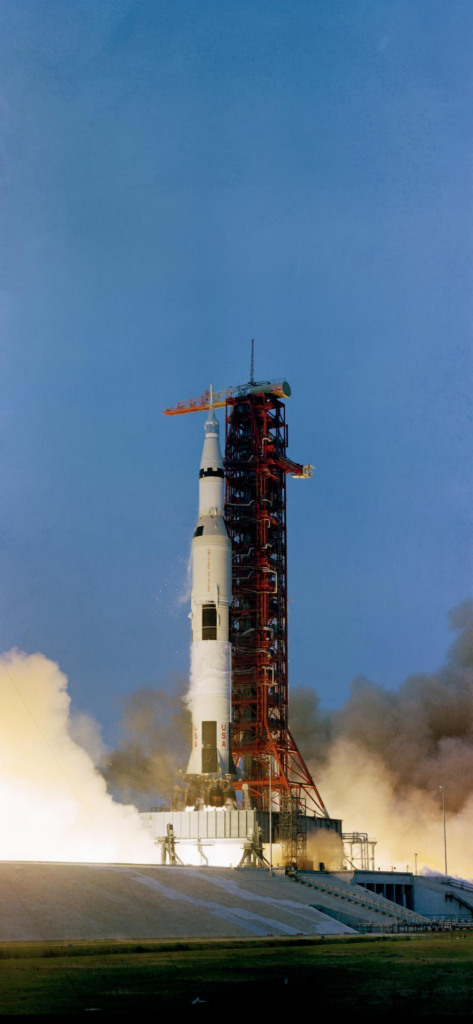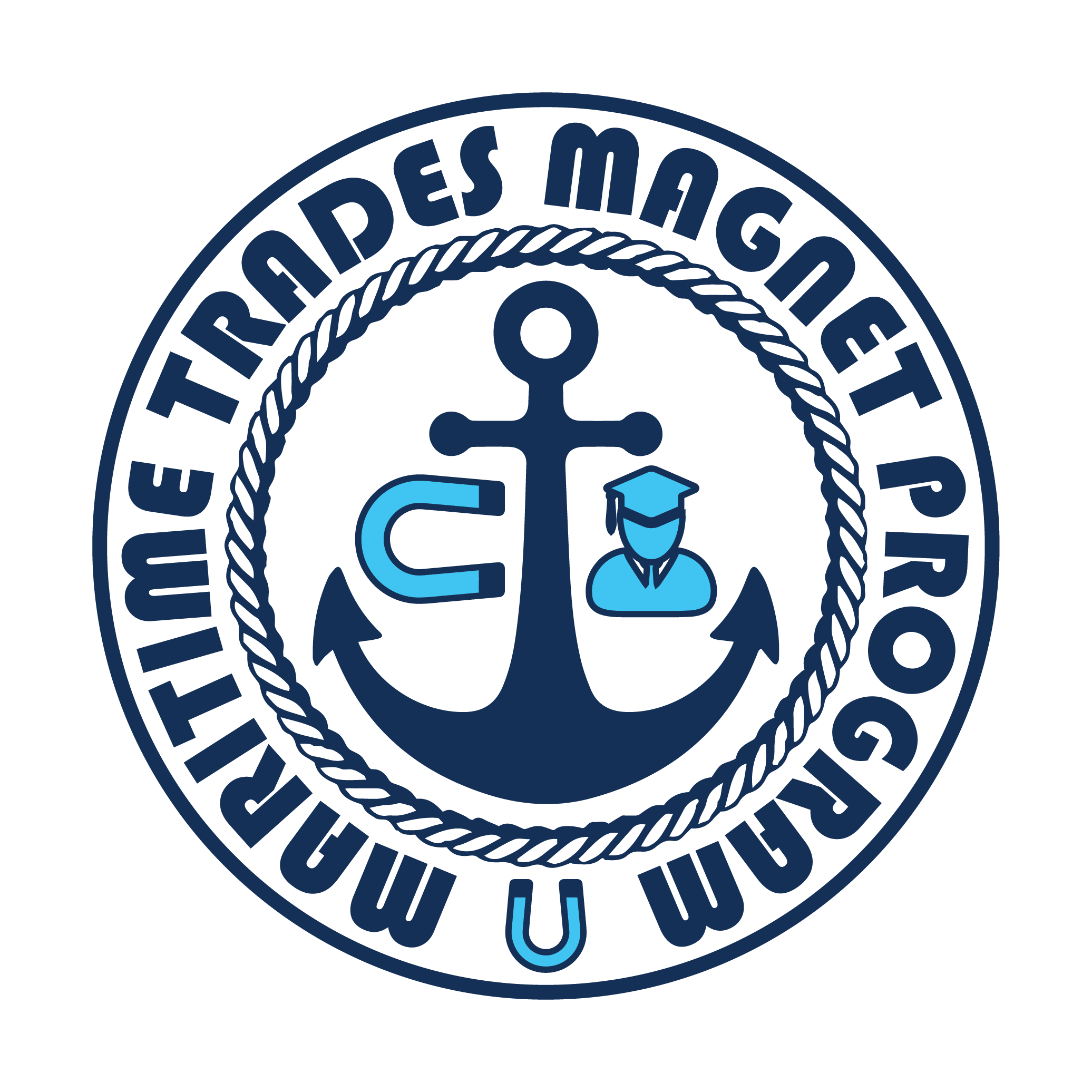
The Apollo 13 Mission
In April 1970, NASA launched Apollo 13, the third mission intended to land humans on the Moon. The crew consisted of Commander Jim Lovell, Command Module Pilot Jack Swigert, and Lunar Module Pilot Fred Haise. Everything was going smoothly until about 56 hours into the mission when an oxygen tank in the service module exploded.
“Houston, We’ve Had a Problem”
The explosion caused a loss of electrical power and oxygen, putting the mission in serious jeopardy. The famous phrase “Houston, we’ve had a problem” was communicated to Mission Control, and the team on the ground had to act quickly to save the astronauts.
The Birth of the Digital Twin
To solve the problem, NASA engineers created a “digital twin” of the spacecraft. This means they built a virtual replica of the damaged Apollo 13 spacecraft on Earth. Using this digital twin, they could simulate different scenarios and test solutions without risking the lives of the astronauts. While 3D modeling wasn’t yet available like we have today, the twin was completely simulated.
“The simulators were some of the most complex technology of the entire space program: the only real things in the simulation training were the crew, cockpit, and the mission control consoles, everything else was make-believe created by a bunch of computers, lots of formulas, and skilled technicians.” Gene Kranz, NASA Chief Flight Director for Apollo 13
Problem-Solving with the Digital Twin
The engineers used the digital twin to figure out how to conserve power, manage the limited oxygen supply, and navigate the spacecraft back to Earth. They tested various procedures and communicated the best solutions to the astronauts. This innovative approach allowed them to troubleshoot and solve problems in real-time.

Safe Return
Thanks to the digital twin and the incredible teamwork between the astronauts and Mission Control, Apollo 13 safely returned to Earth on April 17, 1970. The mission, initially seen as a failure, became a testament to human ingenuity and the power of technology.
Legacy
The Apollo 13 mission is now remembered not just for its near disaster but for how it showcased the potential of digital twins. Today, digital twins are used in various industries, from manufacturing to healthcare, to simulate and solve complex problems.

